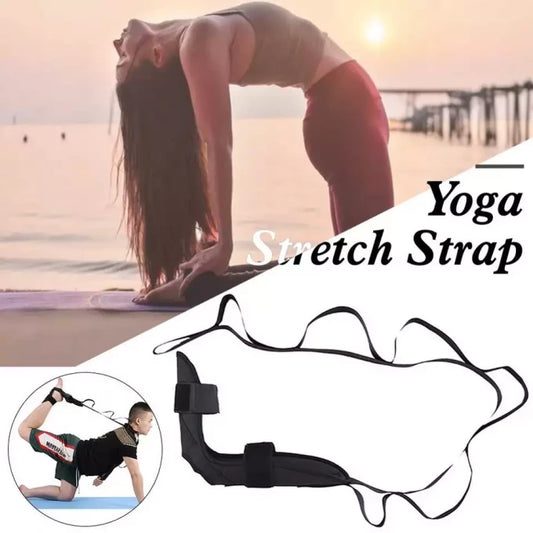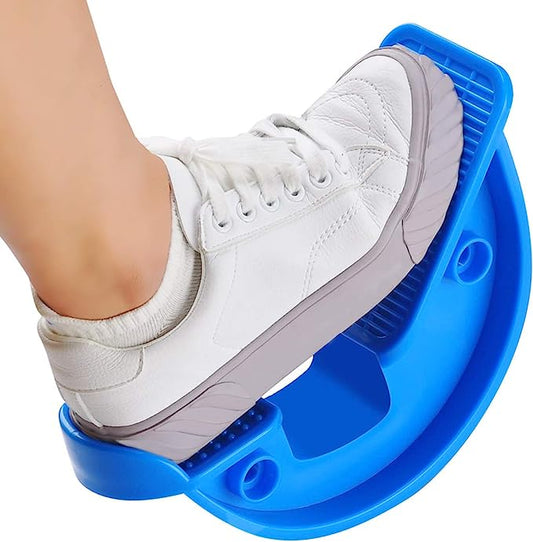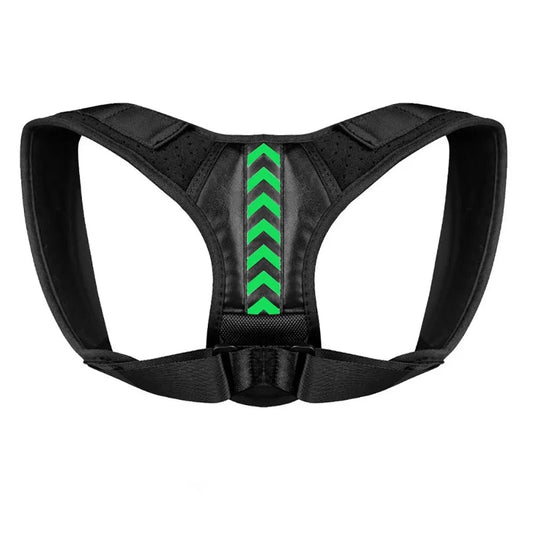A recent forensic study published by the University of Sydney reviewed 31 000 back pain sufferers and put them to test with regular paced walking and moedrate instensity strolls. The study suggests that walking is the ideal form of exercise to heal back pain. This is because, in the long term walking is less likely to damage your joints than other activities and walking assists in maintaining bone density and keeping you flexible.
Many people are in love with running as their regular sport or hobby, but unfortunately have to live with back related injuries as a result.
While running is a conveninent and economic solution to doing exercise, at what cost to your body?
By transitioning to a less intense regime of regular, moderate instensity walking, you will have less injury and will remain fit, strong an pain-free.
Otherwise known as ‘active recovery’, paced walking should form an essential component of your day to day lifestyle, whether you suffer with back problems or not.
Any extended period of time where your heart rate is moderately raised and your joints are moving has shown in studies to improve overall heart function and strengthen the stabilising muscles of the lower back.
Walking is a form of aerobic exercise. Aerobic exercise stimulates the heart rate and breathing rate to increase in a way that can be sustained for the entire exercise session. When you are exercising in your aerobic zone, you are able to breath freely through your nostrils, without being short of breath. Numerous studies have consistently demonstrated that regular aerobic exercise, like walking, has an accumulative and positive effect on reducing back pain and keeping it at bay.
So what are you waiting for? Before you rush out and lace up those walking trainers, let me teach you a little more about how to walk to gain the most benefits.

In some acute cases of backpain, walking may actually to be too painful to do. If you are suffering to this extent, I recommend you first heal the inflammation in your spine and begin basic mobility exercises before tackling any long walks.
Water therapy is particularly effective for this. During water therapy, the body's buoyancy reduces compression on the lower back, allowing for more pain free movement. However, if you are not enduring crippling back pain, then its time to start walking the walk.
The benefits of a daily stroll include:
- Strengthening of important stabilizing back muscles. When you walk, you are improving the stability of your spine by strengthening these stabilizing muscles (these are the muscles that keep your body upright). At the same time you are working your core muscles, which will be invariably weakened with a back injury.
- As you walk (especially uphill) you pump nutritious, fresh, oxygenated blood into the soft tissues of the spine and lower back. This assists in draining toxins from the spinal tissues and loosening up the spine.
- When you combine regular walking with gentle stretching you improve your hamstring, ankle and quadricep flexiblity. This in turn supports a healthy posture and will improve your body’s range of motion therefore reducing the risk for future back injury and chronic pain.
If you are a back pain sufferer its essential to stretch before and/or after your walk. And Im not talking about any fancy Jane Fonda moves. Just by releasing the hamstrings, quadraceps, calves and lower back, you are setting yourself up for a sexy session of juicy walking.
Don’t stop reading yet, because I have one last titbit of essential information you will need.
The TYPE of walking you do can profoundely effect outcome of your pain management.
Slow walking (also known as a stroll) does not cause any compression of the back but it also keeps the back in a fixed position.
The result is limited spinal movement but constant, slow activation of the surrounding muscles. Over time, this type of walking may lead to overuse and stiffening of the stabilizer back muscles. They may get sore which can also exacerbate symptoms of lower back pain. So no lazy strollers!
What you really need in your life is regular brisk, fast paced walks. Faster walking is more beneficial to back pain sufferers due to the cyclical swinging of the arms and rotative movements of the spine. So it is recommended to pick up the pace when walking for spinal health.
Lastly, if you are recovering from back pain (and not in the acute stages of inflammation) I highly recommend walking with a light-weighted backpack.
Also aim to walk over uneven ground, so an offroad track would be ideal with a back pack weighing 10 – 12 kg. The weight on your back creates back extension and a more upright walking and standing position. You will also be forced to engage your core as you walk and it will create a heightened awareness of your core muscles while you walk. With more back extension rather than flexion, compressive loads can actually be decreased, even with a weighted backpack being worn.
The purpose of walking on uneven ground is to increase your spinal movement, increase ankle flexibility and create an unpredictable movement pattern of your stabilizing muscles. This has an even greater therapeutic effect on back pain.
Many people find exotic excuses when it comes to procrastinating about exercise. I think a lot of us also believe that a quick, fast walk will add little value to our life.
But this is incorrect. Get off the couch, away from the computer screen and take a brisk 30 minutes weighted walk each afternoon/morning.
You will feel the positive, accumulative effects of this easy workout within a few days. Don’t underestimate the power of walking. I don’t !




